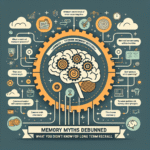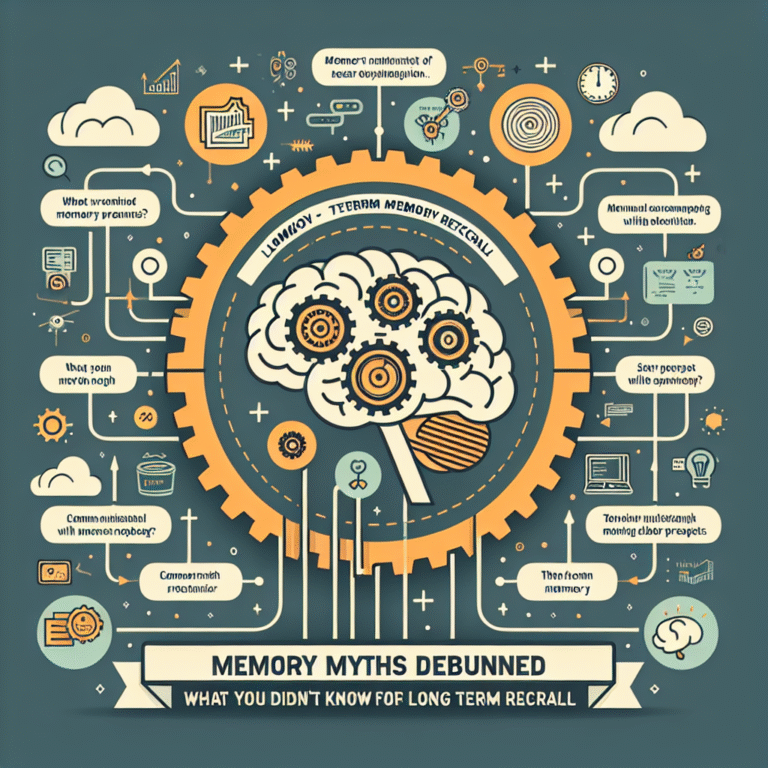
Introduction: The Power of Visual Communication
In today’s fast-paced world, the ability to communicate effectively is paramount. Among the myriad of tools available for sharing information, visual data presentation stands out as a powerful method of conveying complex messages quickly and clearly. From infographics to interactive dashboards, visualizing data not only enhances comprehension but can also inspire action, driving decision-making processes across industries. This article delves into Visualizing Data: Best Practices for Effective Communication, providing insights and strategies that will help you elevate your data presentations from mundane to mesmerizing.
The Importance of Visualizing Data
The adage "a picture is worth a thousand words" rings especially true in the realm of data. With the sheer volume of information generated every day, effective communication through visuals can make or break a presentation. Here are some key reasons why visualizing data is essential for effective communication:
- Enhanced Comprehension: People grasp visual information more easily than text, leading to quicker understanding and retention.
- Quicker Analysis: Visual data allows for rapid assessment of trends and anomalies, which is invaluable in time-critical environments such as finance and healthcare.
- Increased Engagement: Engaging visuals capture attention and encourage participation, keeping your audience focused on the core message.
- Storytelling: Data visualization transforms numbers into narratives, allowing you to tell a story that resonates.
Best Practices for Visualizing Data
1. Know Your Audience
Tailor Your Visualization
Understanding the background and needs of your audience is the cornerstone of effective communication. For example, visualizers addressing a technical audience might include detailed charts with complex metrics, whereas a general audience might benefit from simple infographics that focus on key takeaways.
Case Study: NHS and Health Data
The National Health Service (NHS) in the UK faced challenges in communicating health statistics to the general public. By designing user-friendly dashboards that displayed critical health metrics in a clear format, they succeeded in making the data understandable. Feedback from the public indicated improved comprehension of health data, exemplifying the importance of audience consideration.
2. Choose the Right Type of Visualization
Select the Appropriate Visualization Tools
Not all data types lend themselves to every visualization method. Here are some common types of visualizations along with suitable scenarios for their application:
| Visualization Type | Best For |
|---|---|
| Bar Charts | Comparing quantities across categories |
| Line Graphs | Showing trends over time |
| Pie Charts | Representing proportions of a whole |
| Heat Maps | Displaying data density or intensity |
3. Simplify Your Visuals
Less is More
Cluttered visuals can confuse rather than clarify. Utilize ample white space, concise labels, and avoid unnecessary embellishments. Simplifying your visuals helps draw attention to the most critical data points.
Case Study: NASA’s Mars Rover Landing
During the Mars Rover landing, NASA released a series of simplified visuals that demonstrated the complex landing sequence. Instead of technical jargon, they used straightforward graphics and animations that captivated a worldwide audience, making complex engineering processes accessible and exciting.
4. Use Color Wisely
Color Choice and Meaning
Color plays a pivotal role in data visualization. Choose palettes that improve readability and convey the right emotions. For instance, red can evoke urgency or warning, while blue often represents trust and calm.
Example Chart: Color Psychology in Data Visualization
| Color | Emotion/Effect |
|---|---|
| Blue | Trust, reliability |
| Red | Urgency, excitement |
| Green | Growth, health |
| Yellow | Optimism, attention |
5. Incorporate Interactivity
Engage Your Audience
Incorporating interactive elements such as tooltips, filtering options, or clickable charts can significantly enhance the viewer’s experience, making the data exploration more engaging.
Case Study: Google Data Studio
Google Data Studio allows users to create interactive reports. It empowers users to delve into the data, filter information by various parameters, and derive insights tailored to their needs. This interactivity fosters a hands-on learning experience.
Data Storytelling: Weaving Narratives
6. Create a Narrative Arc
Data with a Story
Successful presentations often follow a narrative arc, providing a beginning, middle, and end to your data story. Define key messages, outline the data that will support these messages, and craft a cohesive connection throughout.
Case Study: Uber’s Annual Reports
Uber uses a narrative arc in their annual reports, combining visuals and storyline to highlight significant milestones and future projections. This approach effectively communicates their vision and strategy to stakeholders, helping to engage potential investors.
Testing and Feedback: Iterative Improvement
7. Test Your Visuals
Gather Feedback
Before finalizing your visualizations, it’s crucial to test them with a small audience. Collecting feedback can help identify areas for improvement and ensure clarity of your message.
Example Table: Feedback Iteration Process
| Step | Action | Purpose |
|---|---|---|
| Initial Draft | Create a draft visualization | Establish a baseline |
| User Testing | Gather feedback | Identify misunderstandings |
| Iterative Changes | Refine visuals based on feedback | Enhance clarity and engagement |
Conclusion: Become a Data Visualization Expert
Mastering the art of Visualizing Data: Best Practices for Effective Communication is not an overnight endeavor; however, with practice and an understanding of your audience, it can become a crucial part of how you convey your message. Remember, the goal is to empower your viewers to make informed decisions based on the insights your data provides.
Final Thoughts
Transform how you communicate through visuals. Challenge yourself to explore new tools, simplify complex data, and infuse your visualizations with compelling narratives. In doing so, you’ll not only elevate your ability to communicate effectively, but you’ll also inspire others to engage with data in ways that drive understanding and action.
FAQs about Visualizing Data
1. What tools can I use for data visualization?
Popular tools include Tableau, Microsoft Power BI, Google Data Studio, and Canva. Each offers unique features for various types of users.
2. How do I choose the right visualization for my data?
Consider your audience and the narrative you want to convey. Use bar charts for comparisons, line charts for trends, and infographics for overviews.
3. What common mistakes should I avoid?
Avoid excessive clutter, complex terminology, using colors that confuse rather than clarify, and neglecting audience needs.
4. How can I ensure my visualizations are accessible?
Use high contrast colors, provide text descriptions for visuals, and ensure that interactive elements are straightforward to navigate.
5. Is there a best practice for color use in data visualization?
Stick to a limited, harmonious color palette that aligns with the emotions you wish to evoke, ensuring that colors enhance readability and understanding.
By following these best practices in Visualizing Data: Best Practices for Effective Communication, you will not only improve your presentations but also create lasting impressions that allow your audience to connect with data like never before.
















